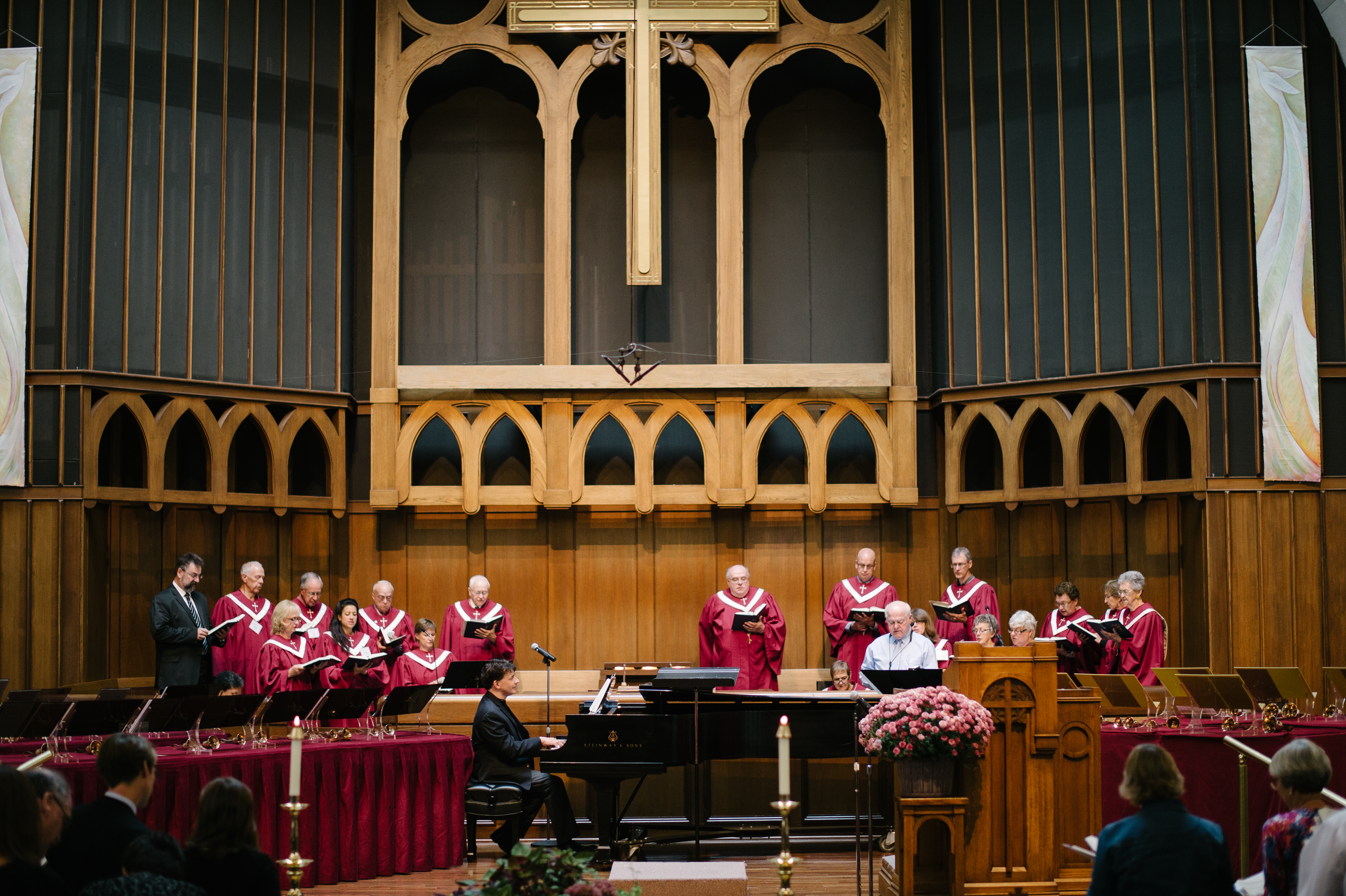By Paul Laprade
Martin Luther, to whom the Reformation owes its earthly impetus, was a fairly accomplished musician. In his time, and to lesser extent in the present, music was one of the disciplines taught in the process of becoming a worship leader in the Christian Church, and this training was not lost on Luther. Luther deeply believed in the ethical power of music: it is said that his concern with music was only second to his theological concerns. Consequently, it is not a surprise that one of the most lasting changes brought about by the Reformation was in the area of music. A deeper general understanding of the “Lutheran chorale” can enhance our understanding of music in our church today, and this understanding is the focus of this short article.
Before Luther, churches limited congregational singing, and most singing was provided by a modest choir, often of soloists. This type of choral singing was called figuraliten, a term which referred to many voices singing different melodic lines at the same time (a type of texture called ‘polyphony’). These melodies were decorated or ornamented and their independence required a higher degree of training than was common. The most important melody in this complicated web could appear in a high, low, or middle voice at any time, and could even overlap itself. One syllable of a word could be sung during one or several pitches, sometimes lasting as long as 14 seconds or more, which often reduced even the feeling of a strong overall beat! In contrast, simpler music where a single melody was presented in unison and in which only a few pitches at most would be given to a single syllable was called choraliter. This term is the source of the name of the Lutheran chorale.
Luther’s initial concerns with accessibility of liturgy led to parallel choices in musical style and content. Music became simpler: the ‘tune’ of the chorale was now exclusively found as the highest voice heard in a hymn; the range of the tune became singable to common, untrained singers (unless hymnal publishers forget to check these!); the chorale now offered a stronger sense of common beat and rhythm; and the melodies were sung using the vernacular. Our congregation is probably very familiar with Luther’s most famous work, Ein Feste Burg (A Mighty Fortress), a hymn that is nearly always sung during our celebration of Reformation Sunday. Luther himself wrote several chorales, hence the common term “Lutheran chorale”, but the term is more of an acknowledgement of the source of the Protestant movement rather than the musical sources of these hymns. Luther recognized his own limitations and so also employed the help of noted music theorist and composer Johann Walter as his collaborator—Walter not only wrote and co-wrote many “Lutheran” chorales, but was also the editor and compiler of the first Protestant hymnal in 1524. Choirs still existed for the singing of more extensive and complicated works, but music was often now a shared, accessible, and active experience.
Although Luther and Walter receive a great deal of attention for their chorales, several chorales were not newly written, arising instead from earlier works. One category of chorales involved resetting “Gregorian chant” tunes that had been known in the Christian church. “Christ ist Verstanden” is simply a resetting of the famous plainchant tune “Victimae Paschali Laudes”. In many ways, the use of such music was a means for acknowledging their lasting power and inspiration, but it also important to consider that Luther did not reject any of the music that was offered in the non-Reformed tradition. (Luther was indeed an ardent supporter of the moving and s, this tradition can even be found in isolated occasions at our church–for example, when using Beatles’ tunes with new words based on messages of faith; recent African-American traditions often embrace popular soul music set to new words of faith based on the Gospel.)
The CounterReformation, a response to the Lutheran revolution, led over time even to the adoption of many of Luther’s musical choices as additional artistic elements in non-Reformed churches, attesting to the wisdom and revelation found in these choices. Although musical styles have changed over time, Luther’s essential contribution to music in the church is a lasting and constant invitation to us all. We should join choirs, ring bells, sing hymns—and ignore issues of being ‘talented’ or ‘trained’. The church, and the music program at Second First, operates with an open door and is here for everyone. Join us. Step inside. Make a joyful sound to the Lord.

